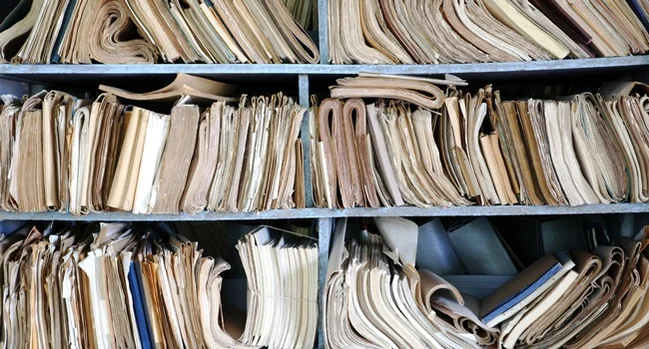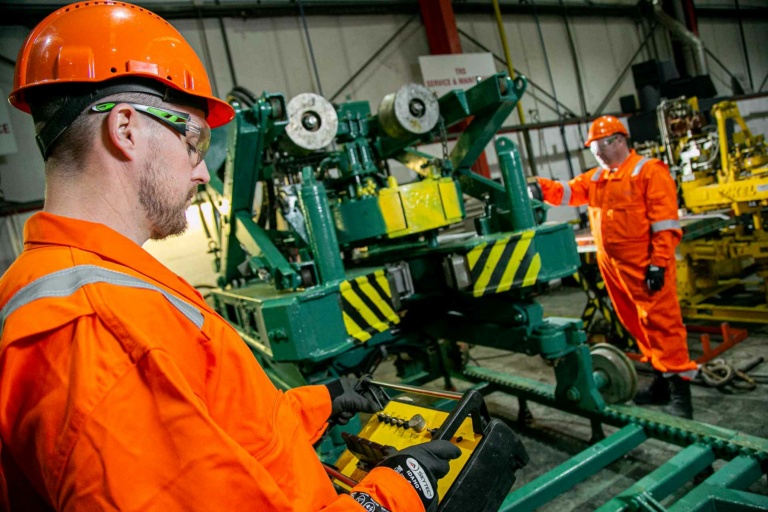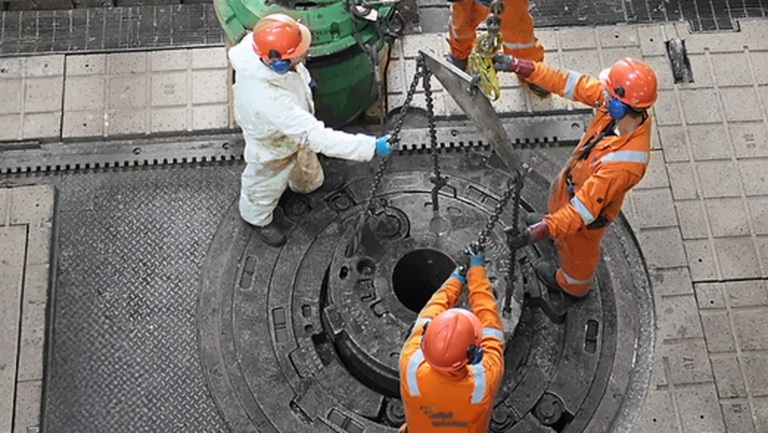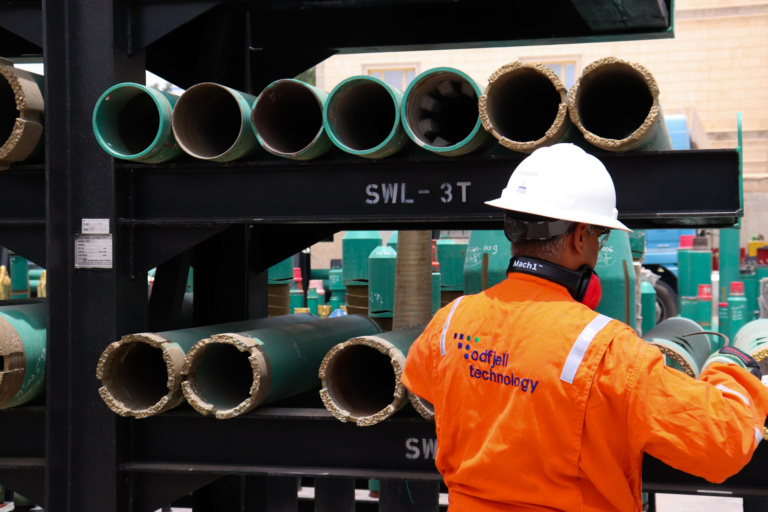The NORSOK R-002 standard? Sorry, what was that again?
Three years ago, NORSOK issued a new standard for all players in the petroleum industry who are involved on the Norwegian Continental Shelf: R-002. Although this standard has been valid for some time now, the industry doesn’t seem to catch up. So to the delight of our readers, here is a short recap of the what, why and how.
The Petroleum Safety Authority Norway is responsible for developing and enforcing the new regulations, which have been introduced with the intention of making our industry a safer place to work.
NORSOK R-002 – a standard for increased safety
Edition 2 of NORSOK’s standard R-002 was issued in September 2012 and regulates the use of lifting equipment during drill floor handling. The standard applies regardless of the type of installation or unit on which the lifting equipment is installed.
The intention behind the regulations, formulated by the Norwegian petroleum industry, is to increase safety within Norwegian waters. They are also expected to be a lodestar for safety standards in the industry worldwide.
One simple question
Speaking with colleagues in the industry, I sometimes get the impression that there is a lot of confusion regarding the R-002 standard.
I have heard some suggest that the R-002 standard is not applicable for handling equipment on the drill floor, as this is not defined as lifting equipment. Statements like:
“Our lift-subs are manufactured in accordance with API spec. 7-1”.
The problem with this kind of thinking is that the drill string itself is not lift-certified. Annex C in R-002 specifies equipment to be certified, so the question you must ask yourself is:
“Is this equipment going to handle any load?“
If the answer is “Yes“, you need to get the certification in place.
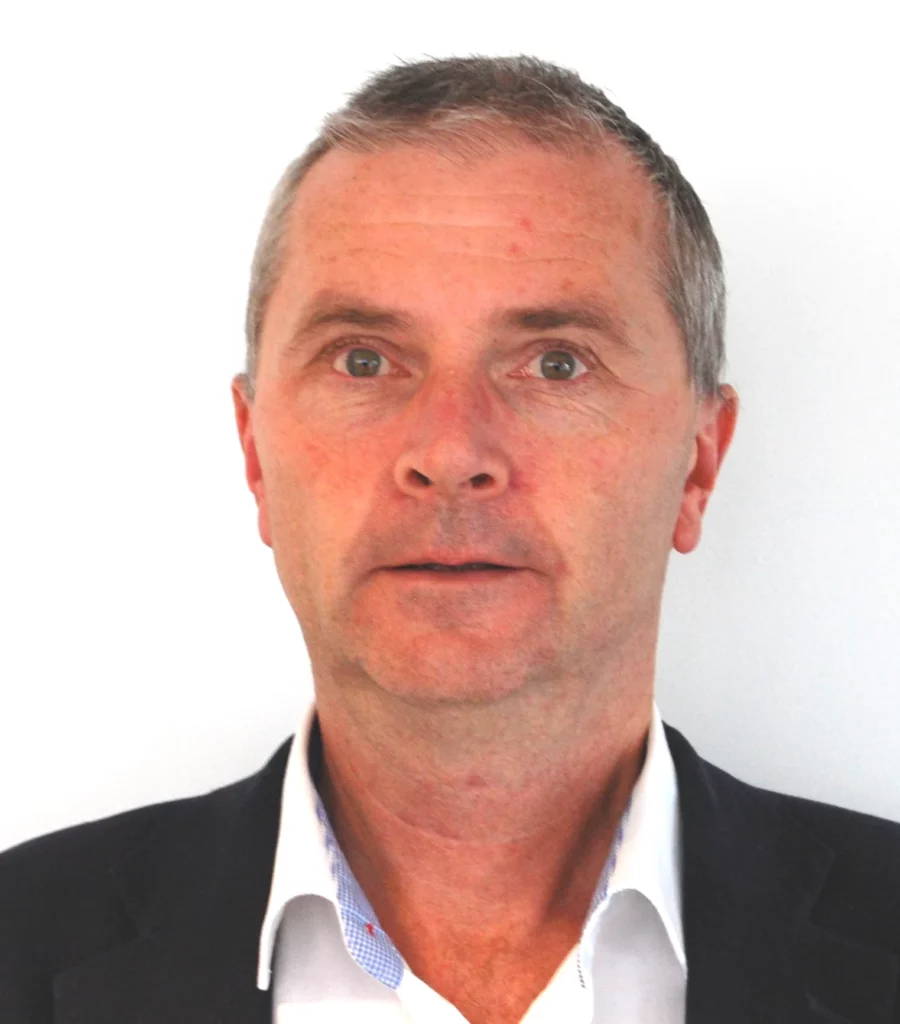
By: Frode Bjørheim
Frode Bjørheim is a specialist in drill pipe standards and lifting equipments with more than 30 years’ experience in the oil & gas industry, both offshore and onshore.
